Home>Furniture & Design>Interior Design Trends>When Did Coke Stop Using Glass Bottles
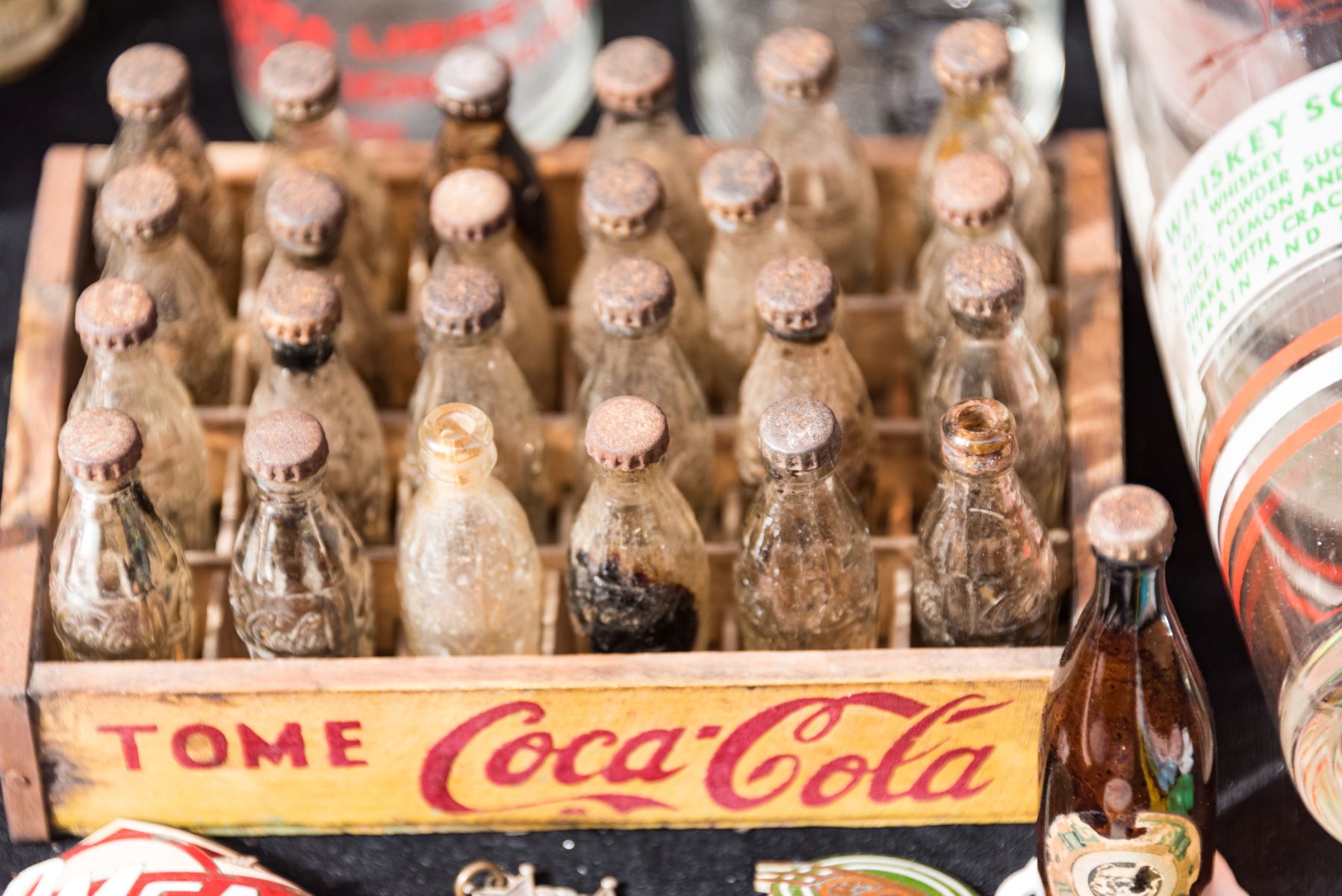

Interior Design Trends
When Did Coke Stop Using Glass Bottles
Published: February 6, 2024
Discover the history of Coke's transition from glass bottles and stay updated on the latest interior design trends. Explore the evolution of packaging and design.
(Many of the links in this article redirect to a specific reviewed product. Your purchase of these products through affiliate links helps to generate commission for Storables.com, at no extra cost. Learn more)
Introduction
Coca-Cola, a beloved and iconic beverage, has been a staple in the lives of millions for over a century. The brand's evolution has been marked by numerous changes, including shifts in packaging materials. One of the most notable transitions in the history of Coca-Cola is its move away from glass bottles. This shift has sparked curiosity and nostalgia among consumers, prompting many to wonder about the reasons behind this change and its impact on the brand's identity. In this article, we will delve into the history of Coke's glass bottles, explore the reasons for the transition away from them, discuss the impact of this shift to plastic bottles, and provide insights into the current status of Coke's use of glass bottles. Let's embark on a journey through time to uncover the fascinating story behind Coke's iconic glass bottles and their eventual transformation.
Key Takeaways:
- Coca-Cola transitioned from glass to plastic bottles for convenience, cost-effectiveness, sustainability, and innovation, shaping its brand image and market positioning while embracing limited-edition glass bottles for nostalgia and premium appeal.
- Despite the widespread use of plastic bottles, Coca-Cola reintroduced limited-edition glass bottles, emphasizing sustainability and premium positioning, showcasing its commitment to tradition, innovation, and environmental responsibility.
Read more: When Did Gatorade Stop Using Glass Bottles
History of Coke's Glass Bottles
The history of Coca-Cola's glass bottles is a captivating tale that intertwines innovation, design, and cultural impact. The journey began in 1915 when the Root Glass Company in Terre Haute, Indiana, created the signature contoured bottle that would become synonymous with Coca-Cola. The distinctive shape, inspired by the cocoa pod, set Coca-Cola apart from its competitors and established a unique visual identity for the brand. This design, known as the "hobble-skirt" bottle, quickly gained popularity and became an enduring symbol of Coca-Cola's commitment to quality and excellence.
As the 20th century progressed, Coca-Cola's glass bottles continued to evolve, reflecting changes in manufacturing technology and consumer preferences. The introduction of the iconic "contour" bottle in 1955 further solidified the brand's association with the classic glass packaging. The contoured design not only enhanced the bottle's aesthetic appeal but also improved its functionality, making it easier to hold and pour. This innovation reinforced Coca-Cola's dedication to delivering a memorable and enjoyable drinking experience to its consumers.
Throughout the decades, Coca-Cola's glass bottles remained an integral part of the brand's identity, evoking nostalgia and a sense of tradition. The distinct sound of a bottle cap being twisted open and the refreshing fizz of carbonation as it poured into a glass became ingrained in the collective memory of Coca-Cola enthusiasts worldwide. The glass bottles served as vessels of shared moments, from family gatherings to social celebrations, fostering a deep emotional connection between consumers and the Coca-Cola brand.
The enduring legacy of Coca-Cola's glass bottles is a testament to their cultural significance and enduring appeal. The bottles not only encapsulated the essence of the Coca-Cola experience but also reflected the spirit of innovation and craftsmanship that defined the brand. Despite the evolution of packaging materials, the legacy of Coca-Cola's glass bottles continues to resonate with consumers, serving as a timeless symbol of joy, togetherness, and the simple pleasures of life.
In summary, the history of Coca-Cola's glass bottles is a rich tapestry of innovation, design, and cultural resonance, weaving together the brand's legacy and its enduring impact on popular culture. The evolution of the iconic glass bottles reflects the brand's commitment to delivering a memorable and cherished drinking experience to consumers worldwide.
Reasons for Coke's Transition Away from Glass Bottles
The transition away from glass bottles marked a significant shift in Coca-Cola's packaging strategy, prompting curiosity about the reasons behind this pivotal change. Several factors contributed to this transition, reflecting the complex interplay of technological advancements, consumer preferences, and environmental considerations.
-
Portability and Convenience: The shift to plastic bottles offered enhanced portability and convenience for consumers. Unlike glass bottles, plastic containers were lightweight and less prone to breakage, making them ideal for on-the-go consumption. This aligns with the evolving lifestyles of consumers, who sought beverages that could seamlessly integrate into their dynamic daily routines.
-
Cost-Effectiveness: Plastic bottles presented a more cost-effective packaging solution for Coca-Cola. The production, transportation, and distribution of plastic containers often incurred lower expenses compared to glass bottles, contributing to operational efficiency and cost savings for the company. This economic advantage played a pivotal role in driving the transition towards plastic packaging.
-
Sustainability and Environmental Impact: The growing emphasis on sustainability and environmental stewardship influenced Coca-Cola's decision to transition away from glass bottles. Plastic bottles, particularly those made from recyclable materials, offered the potential for reduced environmental impact through recycling initiatives and eco-friendly manufacturing processes. This shift aligned with the brand's commitment to environmental responsibility and resonated with environmentally conscious consumers.
-
Innovation and Design Flexibility: Plastic packaging provided greater flexibility in design and innovation, enabling Coca-Cola to explore diverse bottle shapes, sizes, and labeling options. This versatility empowered the brand to adapt to evolving market trends and consumer preferences, fostering a dynamic and engaging product presentation that resonated with a diverse audience.
-
Consumer Safety and Accessibility: Plastic bottles offered enhanced safety and accessibility, addressing concerns related to potential breakage and accessibility for individuals with mobility limitations. The durability and accessibility of plastic containers contributed to a more inclusive and consumer-centric approach, aligning with Coca-Cola's commitment to ensuring a positive and accessible experience for all consumers.
In summary, the transition away from glass bottles was driven by a confluence of factors, including consumer preferences, cost considerations, sustainability imperatives, and the pursuit of innovation. This strategic shift underscored Coca-Cola's adaptability and responsiveness to evolving market dynamics, reflecting a forward-looking approach aimed at enhancing consumer experiences while aligning with contemporary environmental and operational considerations.
Impact of Coke's Switch to Plastic Bottles
The transition from glass to plastic bottles marked a pivotal juncture in Coca-Cola's packaging evolution, yielding a multifaceted impact across various dimensions. This strategic shift reverberated through consumer behavior, environmental dynamics, and operational paradigms, shaping the brand's trajectory in profound ways.
Consumer Engagement and Accessibility
The adoption of plastic bottles expanded Coca-Cola's reach and accessibility, catering to diverse consumer preferences and lifestyles. The lightweight and durable nature of plastic containers facilitated increased portability, enabling consumers to enjoy Coca-Cola's beverages in a wider array of settings, from outdoor events to travel scenarios. This heightened accessibility resonated with modern consumers, aligning with their dynamic and on-the-go lifestyles, thereby fostering deeper engagement with the brand.
Read more: When Did They Stop Making Uranium Glass
Environmental Considerations and Sustainability
The switch to plastic bottles prompted a reevaluation of Coca-Cola's environmental footprint, sparking initiatives to enhance sustainability and reduce ecological impact. The brand's commitment to utilizing recyclable materials and promoting responsible disposal practices underscored its dedication to environmental stewardship. Furthermore, the introduction of innovative eco-friendly packaging solutions and the support of recycling programs demonstrated Coca-Cola's proactive stance in addressing environmental concerns, resonating with environmentally conscious consumers and reinforcing its commitment to sustainable practices.
Operational Efficiency and Market Adaptability
Plastic bottles offered Coca-Cola enhanced operational efficiency and adaptability, streamlining production, distribution, and logistical processes. The lightweight and stackable nature of plastic containers facilitated optimized transportation and storage, contributing to cost savings and logistical agility. Moreover, the flexibility in design and labeling afforded by plastic packaging empowered Coca-Cola to tailor its products to diverse market segments, fostering enhanced market adaptability and consumer engagement.
Brand Image and Market Positioning
The transition to plastic bottles influenced Coca-Cola's brand image and market positioning, reflecting the brand's responsiveness to evolving consumer preferences and industry trends. The contemporary and versatile presentation of plastic packaging resonated with a new generation of consumers, aligning with their aesthetic sensibilities and lifestyle choices. This strategic alignment bolstered Coca-Cola's relevance and appeal in a rapidly evolving market landscape, reinforcing its position as a forward-thinking and consumer-centric brand.
In essence, the switch to plastic bottles engendered a transformative impact on Coca-Cola's operations, consumer engagement, and environmental initiatives, underscoring the brand's adaptability and commitment to meeting the evolving needs of its global audience. This strategic pivot epitomized Coca-Cola's proactive approach to innovation and sustainability, shaping its trajectory in a dynamic and ever-changing marketplace.
Current Status of Coke's Use of Glass Bottles
The current status of Coca-Cola's use of glass bottles reflects a nuanced and multifaceted approach that intertwines tradition, innovation, and consumer demand. Despite the widespread adoption of plastic bottles as the primary packaging format, Coca-Cola has continued to embrace the legacy and allure of its iconic glass bottles, recognizing their enduring appeal and cultural significance.
In response to consumer nostalgia and a growing appreciation for heritage packaging, Coca-Cola has strategically reintroduced limited-edition runs of its classic glass bottles, tapping into the emotional resonance and historical charm associated with these iconic containers. These special releases have garnered enthusiastic responses from consumers, evoking a sense of nostalgia and authenticity while reaffirming the timeless allure of Coca-Cola's glass bottles.
Furthermore, Coca-Cola has leveraged the premium positioning of its glass bottles to cater to discerning consumers seeking elevated and distinctive beverage experiences. By offering select product lines in glass packaging, Coca-Cola has curated a sense of exclusivity and sophistication, appealing to connoisseurs and enthusiasts who value the tactile and visual elements of their beverage choices. This strategic utilization of glass bottles as a premium offering underscores Coca-Cola's commitment to catering to diverse consumer preferences and elevating the brand's product portfolio.
Moreover, Coca-Cola has embraced sustainability-driven initiatives aimed at enhancing the environmental credentials of its glass bottles. Through advancements in eco-friendly manufacturing processes and the promotion of glass recycling programs, Coca-Cola has underscored its dedication to responsible stewardship and circular economy principles. By emphasizing the recyclability and eco-conscious attributes of its glass bottles, Coca-Cola has aligned with the growing consumer emphasis on sustainability, fostering a positive environmental narrative around its use of glass packaging.
In summary, the current status of Coca-Cola's use of glass bottles reflects a strategic and nuanced approach that harmonizes tradition, innovation, and sustainability. By reintroducing limited-edition glass bottles, positioning them as premium offerings, and championing environmental responsibility, Coca-Cola has reaffirmed the enduring relevance and appeal of its iconic glass packaging. This deliberate and multifaceted approach underscores Coca-Cola's commitment to honoring its heritage while embracing contemporary consumer preferences and environmental imperatives.
Frequently Asked Questions about When Did Coke Stop Using Glass Bottles
Was this page helpful?
At Storables.com, we guarantee accurate and reliable information. Our content, validated by Expert Board Contributors, is crafted following stringent Editorial Policies. We're committed to providing you with well-researched, expert-backed insights for all your informational needs.
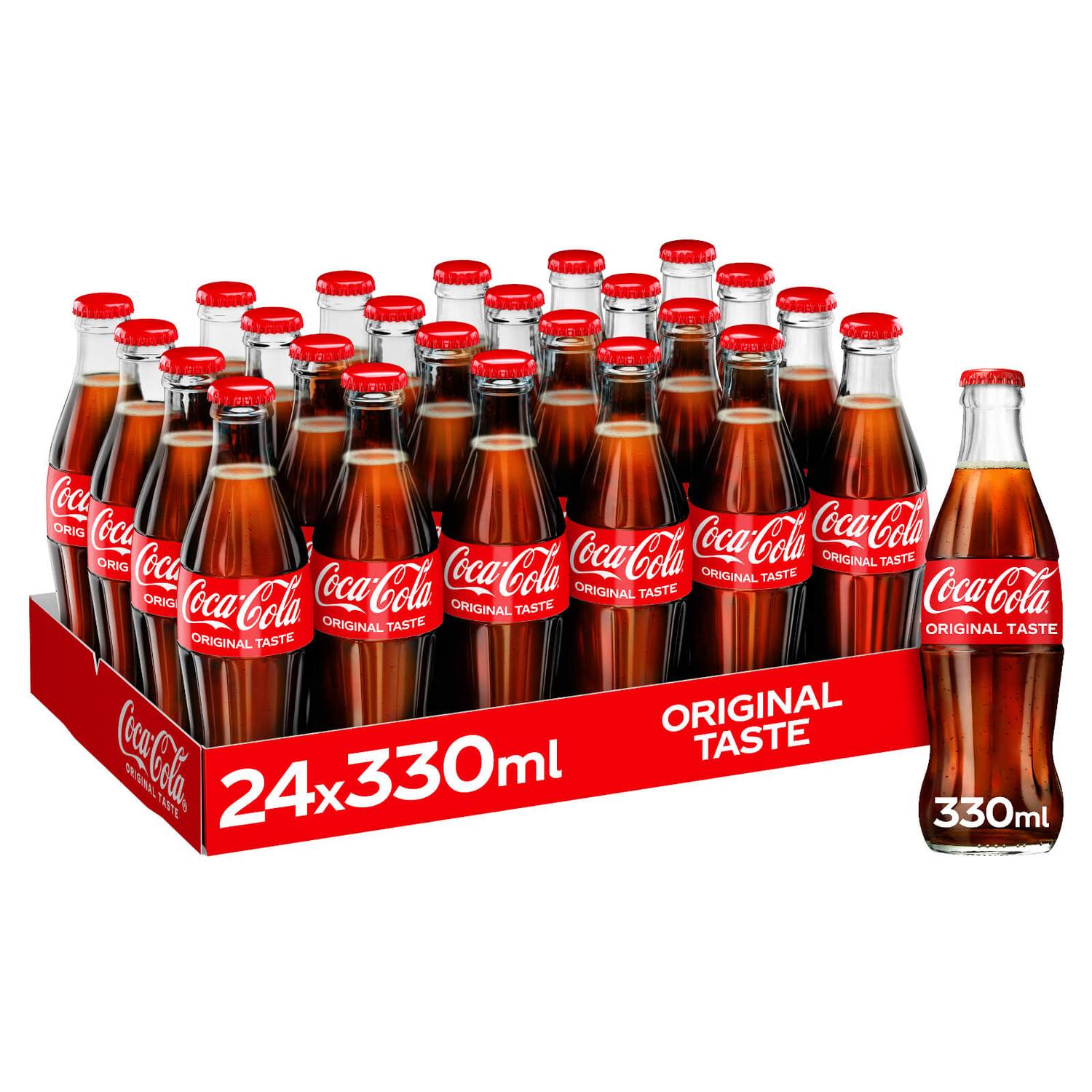

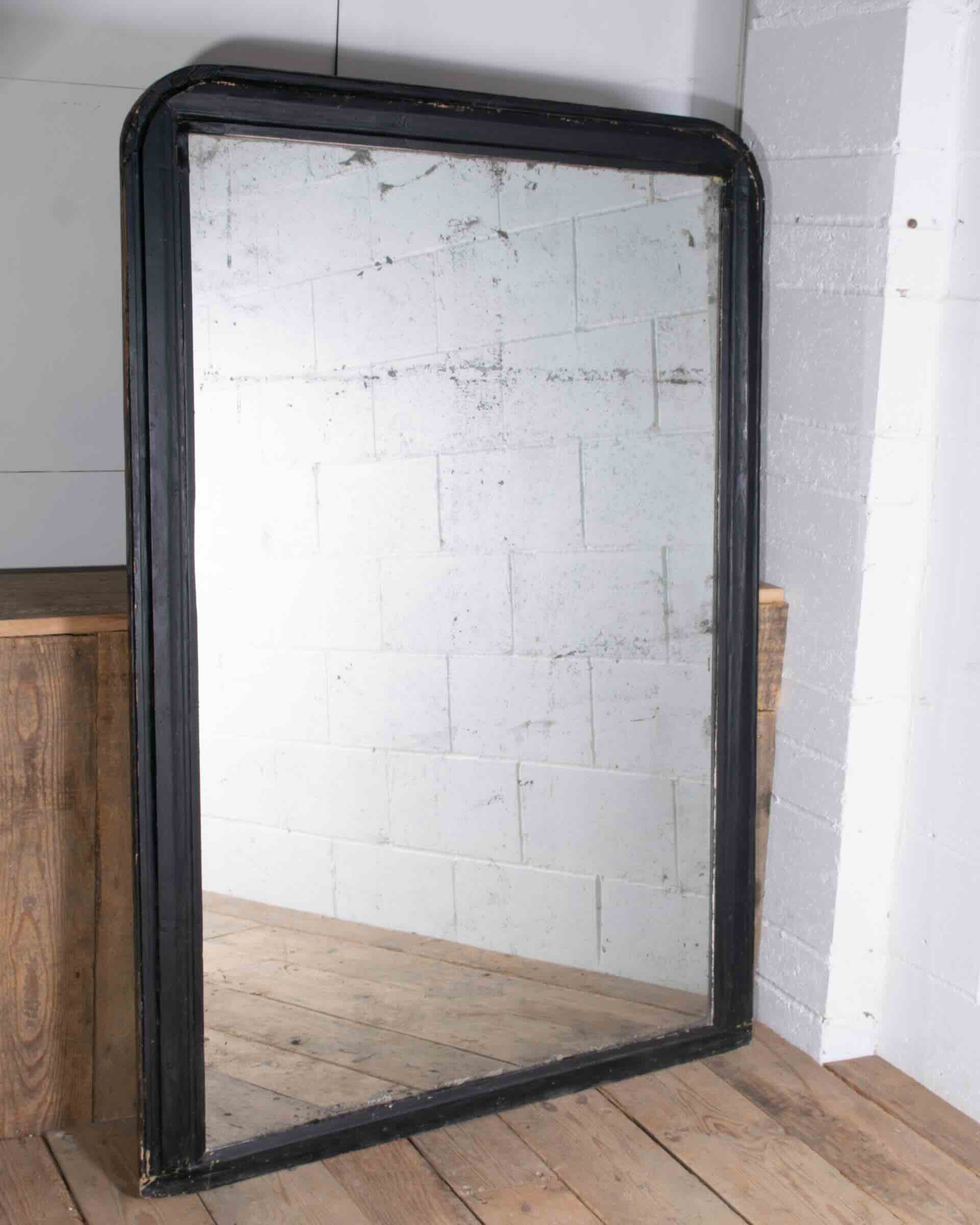


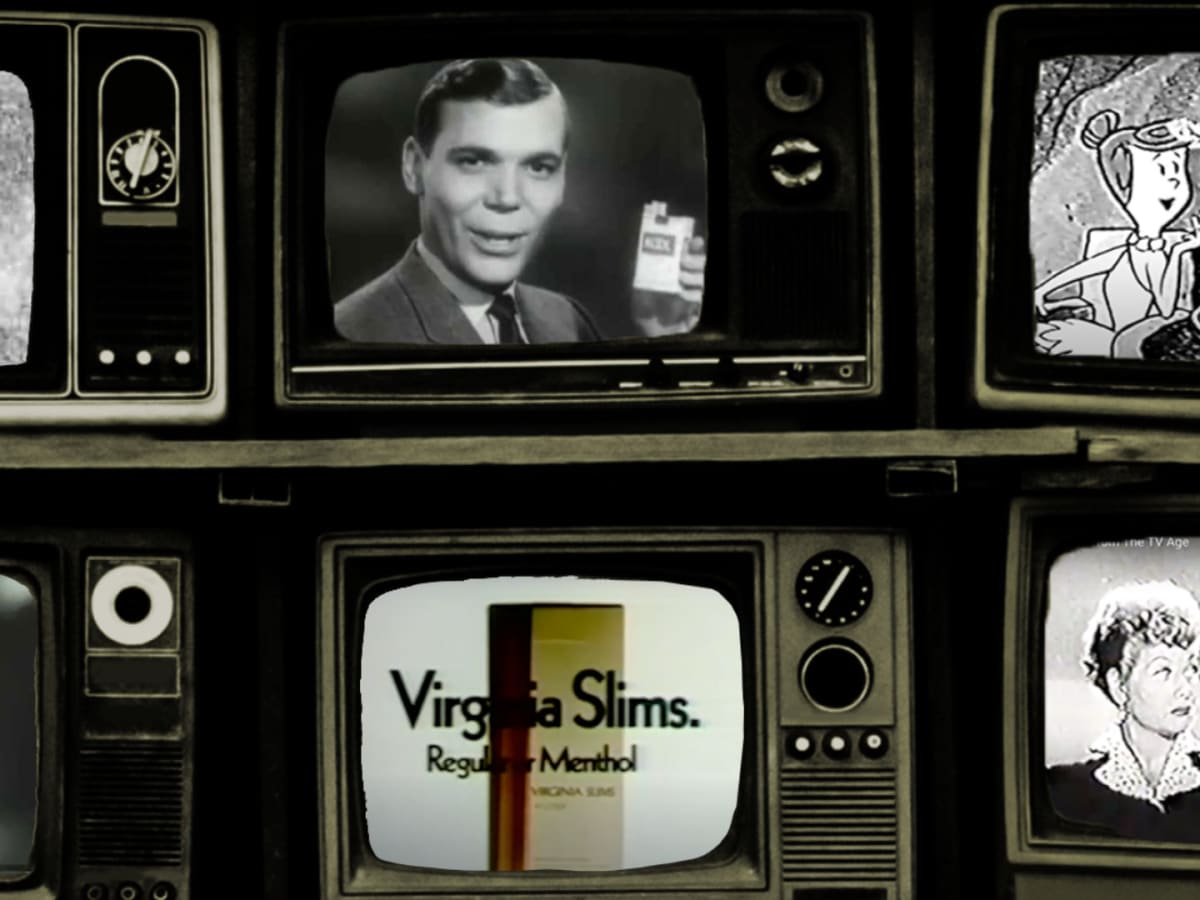
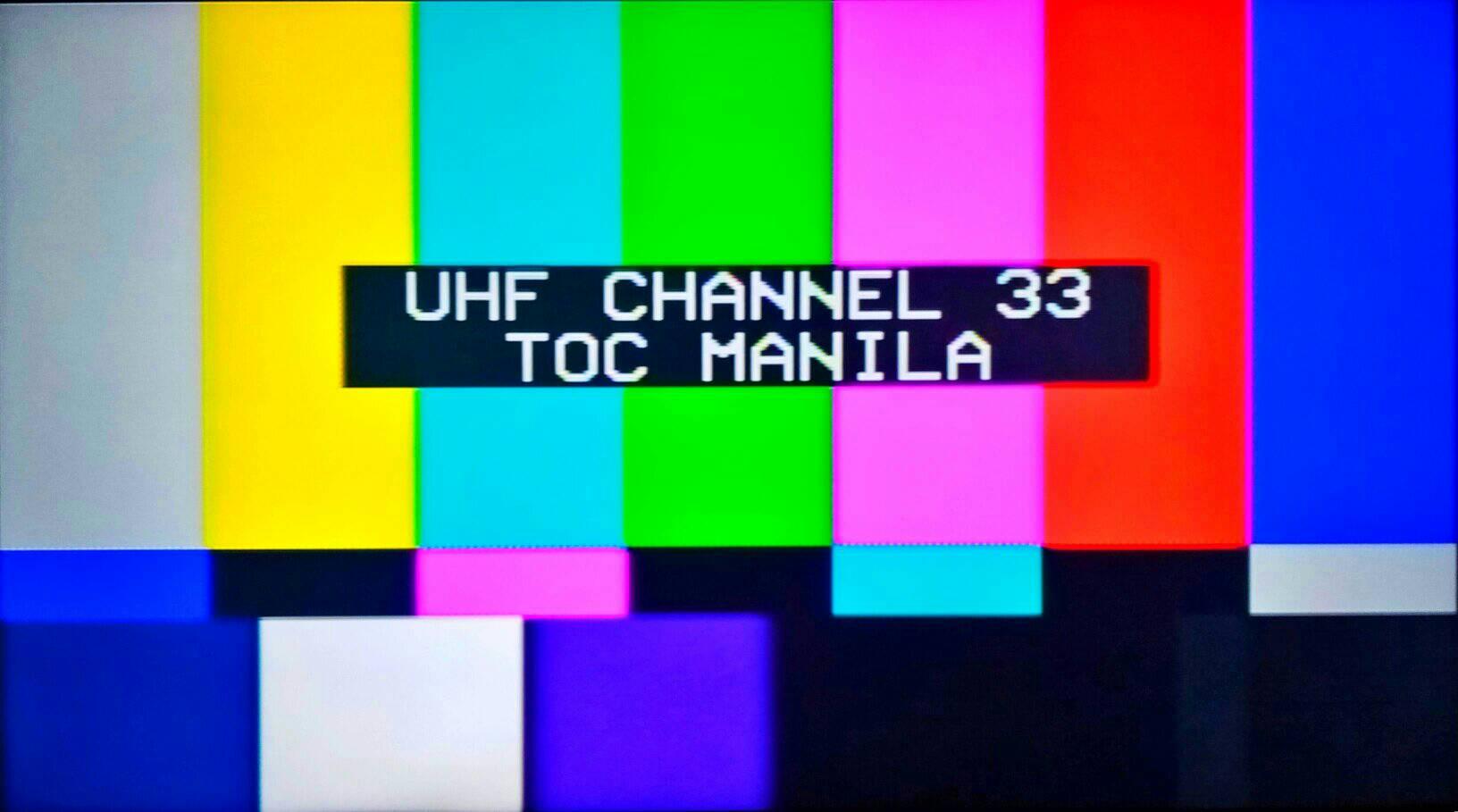
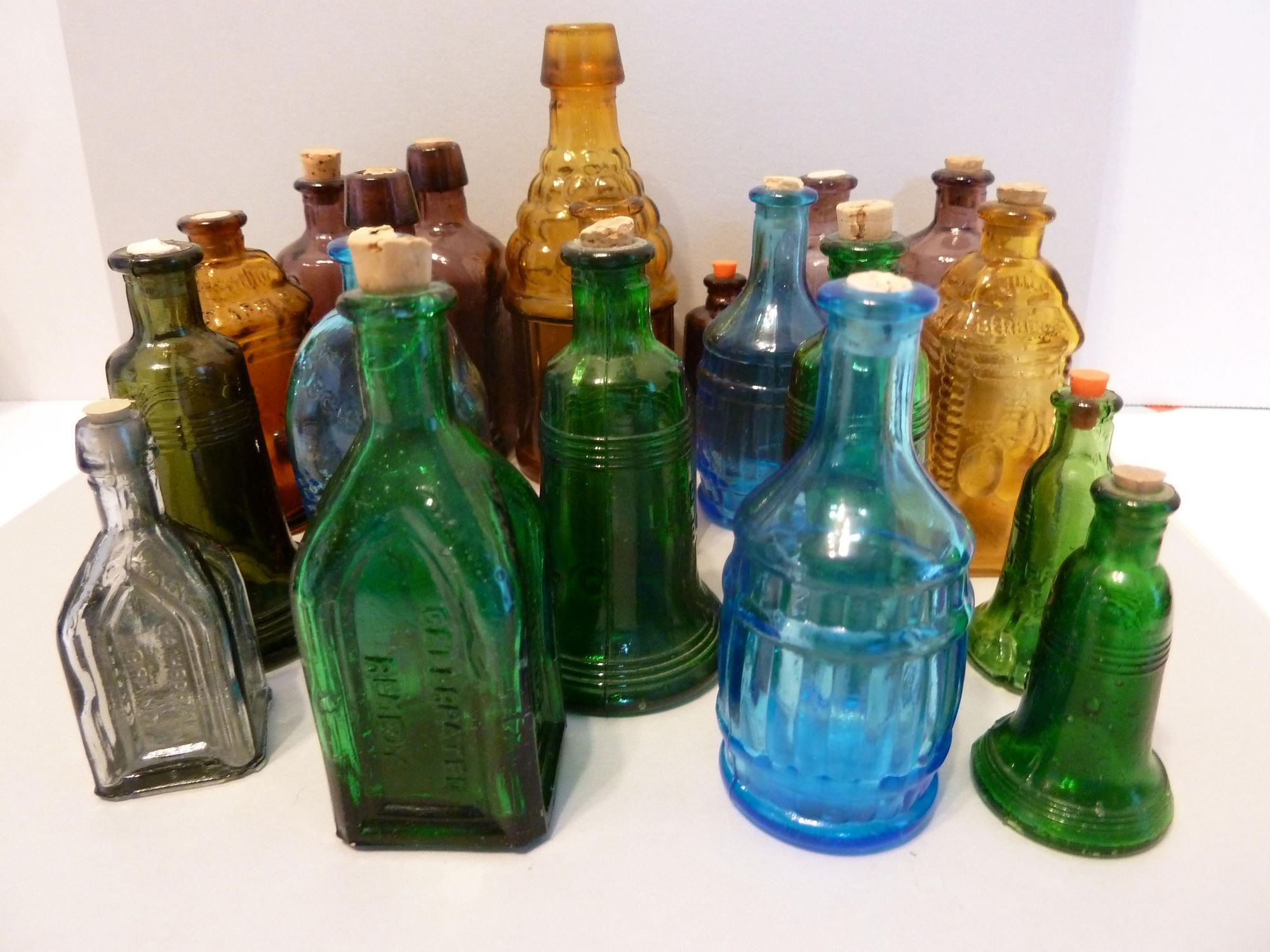
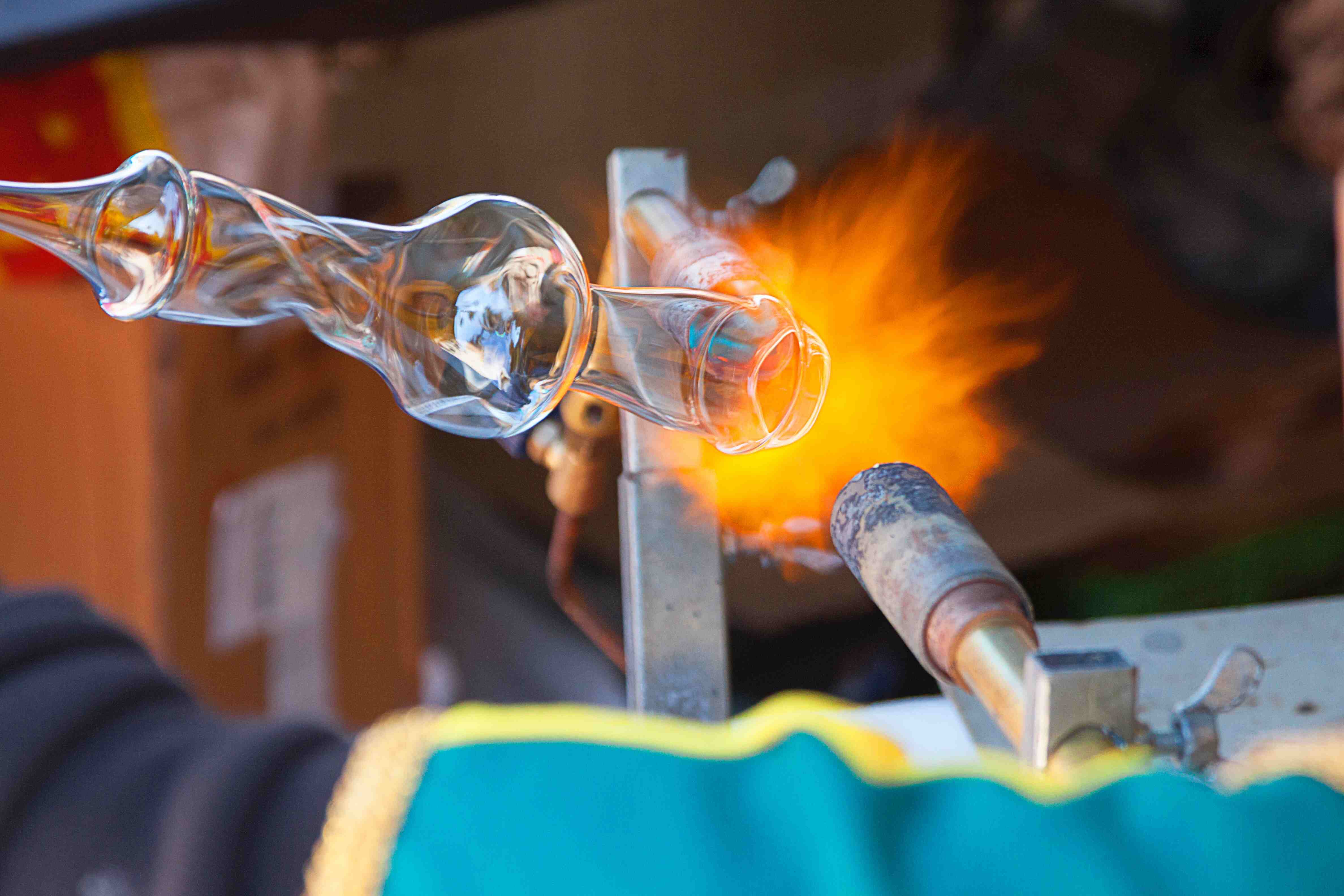

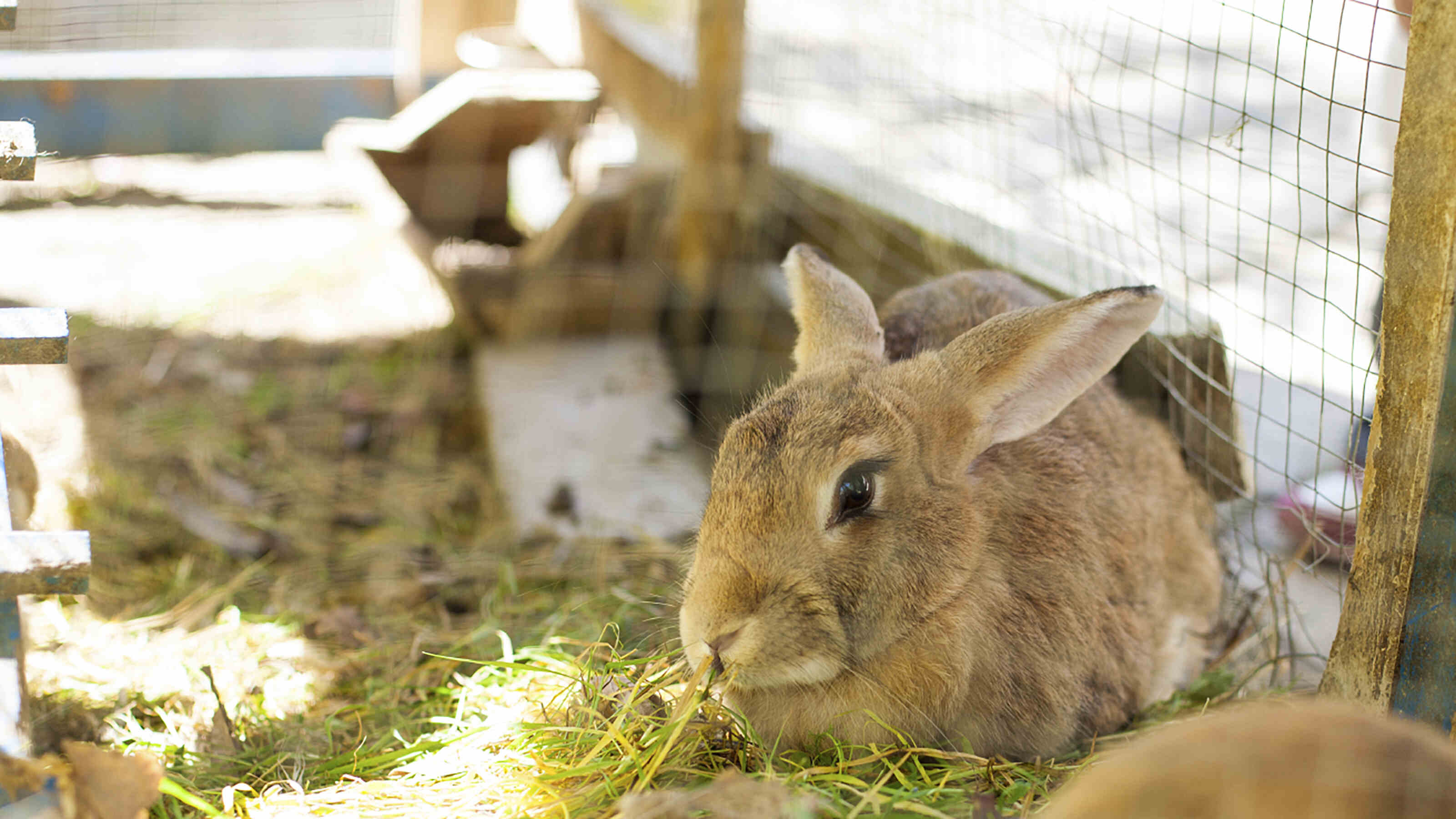
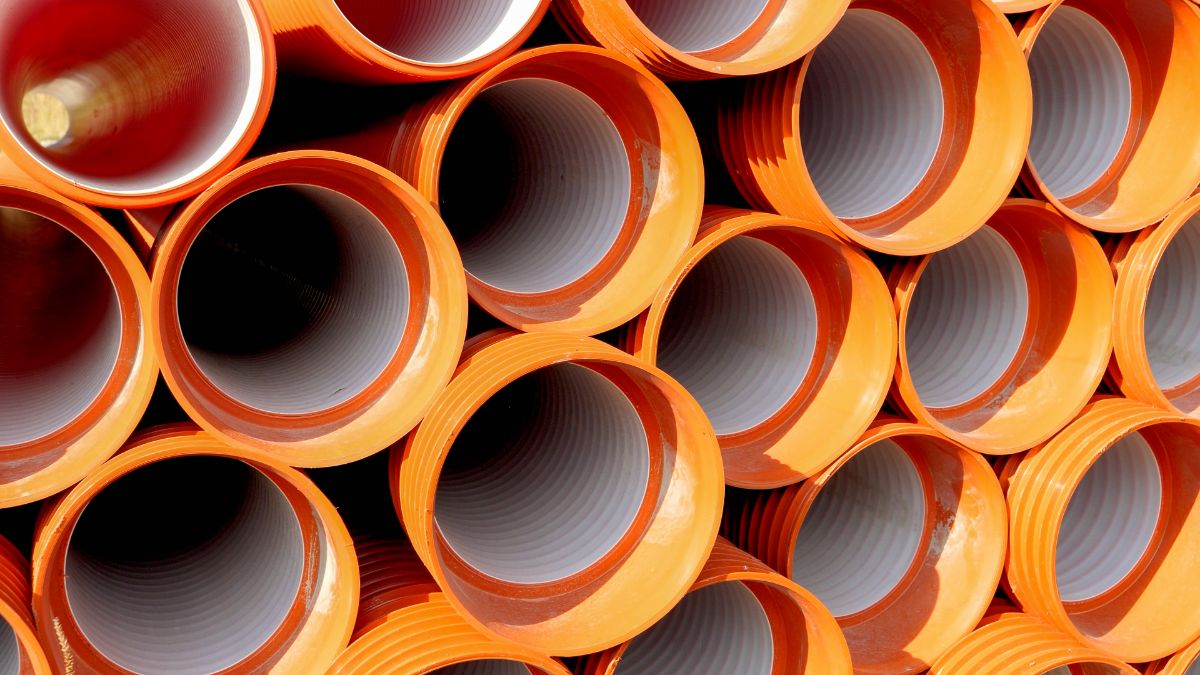
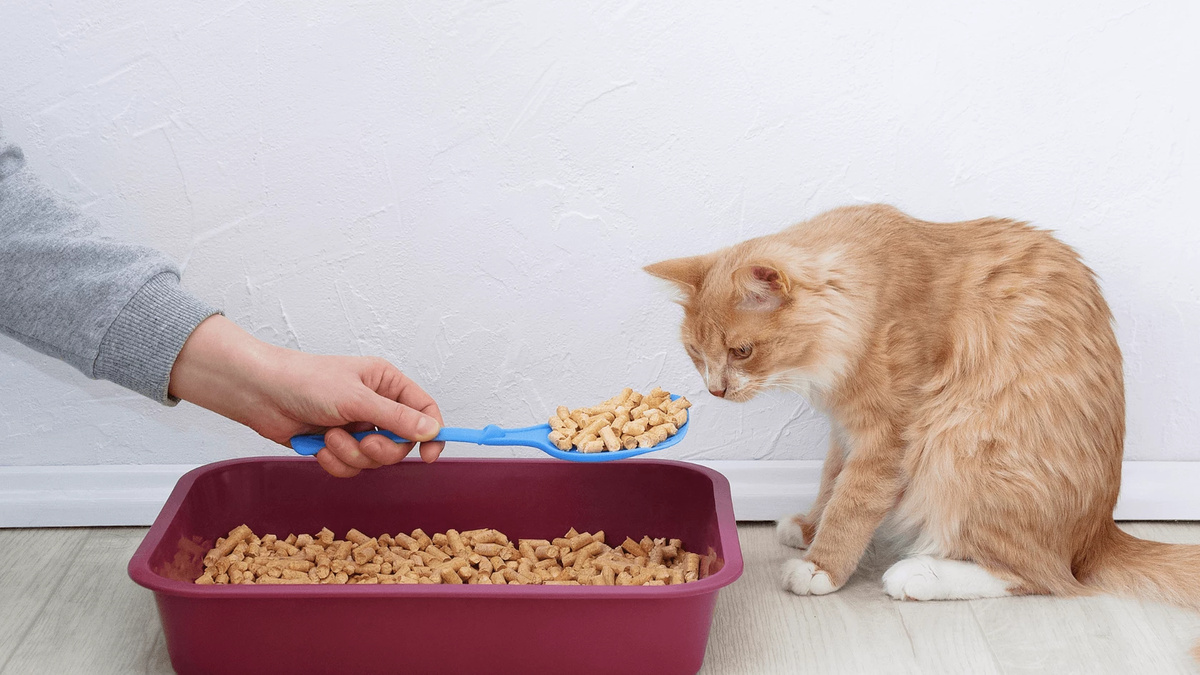


0 thoughts on “When Did Coke Stop Using Glass Bottles”